Tag: polar routes
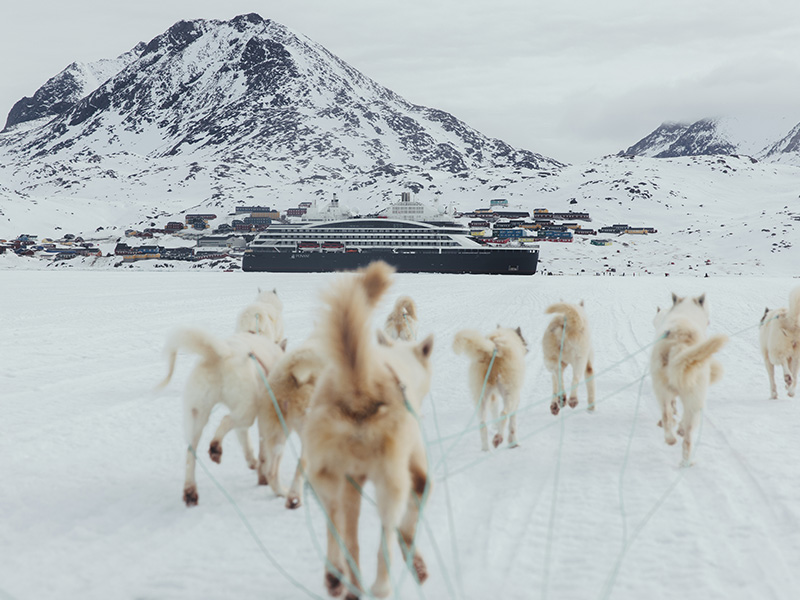
Le Commandant Charcot is the first-ever hybrid-electric polar exploration ship powered by LNG (liquefied natural gas) making it possible to travel to the farthest reaches of the southern and northern hemispheres in a level of luxury never offered before. It’s also the world’s first passenger ship to be fitted with a Polar Class 2 (PC2) hull, giving it the ability to sail between the sheets of drifting ice and reach the most remote and isolated areas. This gives the icebreaker a truly unique offering in the polar regions, which means the opportunities for exploration are almost endless but certainly unique. Here are our top 5 expeditions that can only be undertaken on PONANT’s newest vessel… The Emperor Penguins of the Weddell Sea In November 2023, Le Commandant Charcot is heading to the Weddell Sea area of the Antarctic Peninsula and seeing the Emperor Penguins will be firmly on the agenda. In last season’s…
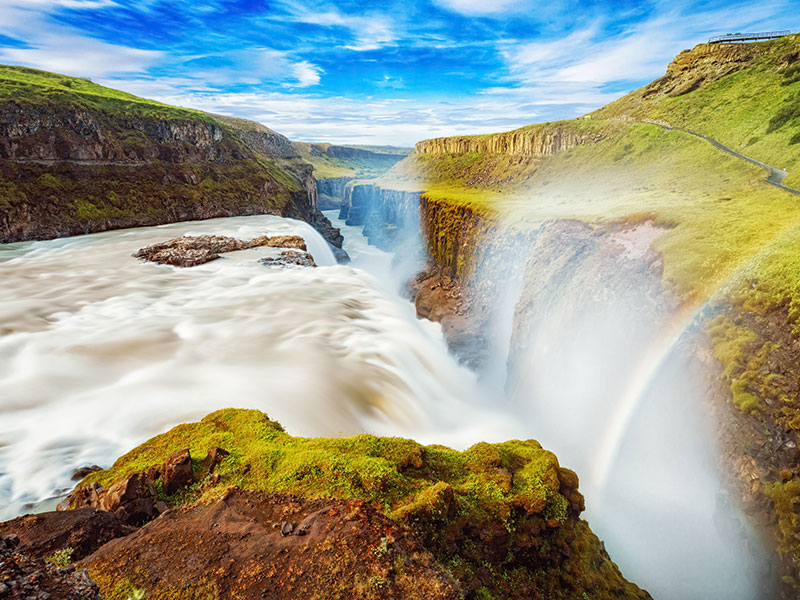
The elemental forces that continue to shape this geothermal wonderland are a constant reminder of nature’s artistry and power. If you are lucky enough to have booked a trip to Iceland, then be sure to venture as far and wide as possible to enjoy the highlights we’ve put together here for your visit. Golden Circle Iceland’s most well-known tourist route takes its name after Gullfoss, aka the ‘golden waterfall’, and straddles the tectonic plates of North America and Europe on the North-Atlantic Ridge in Thingvellir National Park. Take the opportunity to channel your inner cowboy by saddling up on an Icelandic horse to take you across this vast landscape in style. Make sure to head over to the Strokkur Geyser which erupts up to 130ft every 5-10 minutes! Dettifoss Waterfall Accessible from the north side’s Route 862 and one of the main stops on the Diamond Circle Tour, Dettifoss in Vatnajokull National Park is Europe’s second most powerful waterfall. The 144ft crescendo ends with a colossal crash into Jokulsargljufur Canyon below, creating one of Iceland’s most spectacular and dramatic…
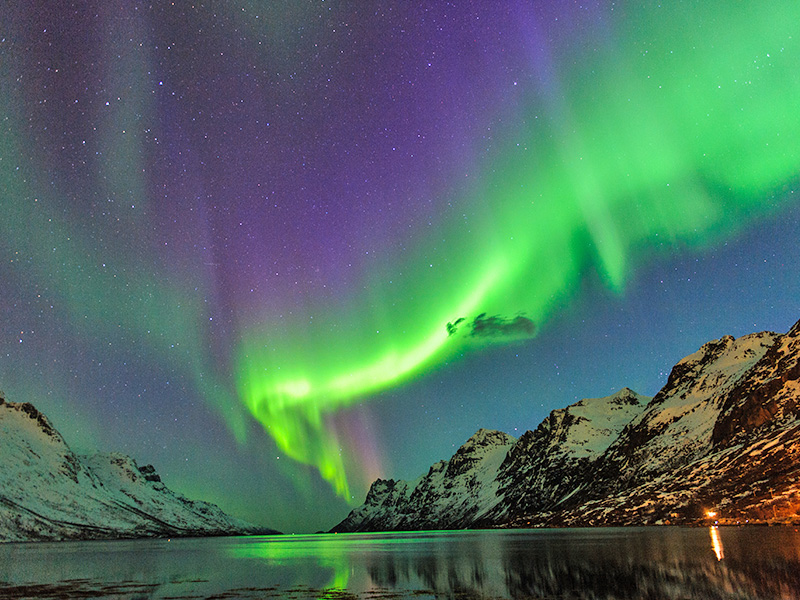
It’s not just the sheer magnitude of Antarctica and the Arctic Circle that commands a traveller’s attention. The planet’s polar regions are nature’s canvas for a colour scheme not seen anywhere else on earth! Glaciology Optics Glacial ice is a very different beast from the cubes floating around in a summer cocktail. The eye-popping blues, turquoises and aquamarines owe their super cool looks to the ice density of glaciers which absorb every other colour of the spectrum, except blue. Crystalline structures compacted over aeons channel blue light in a different way to what human eyes normally interpret ice properties. When glacial ice initially freezes, it fills with air bubbles. As that ice is buried and compressed underneath younger ice on top, the older ice starts to take on a blue tinge. As the ice grows denser, the bubbles eventually reduce to tiny levels. Without the scattering effect of these air bubbles, light can penetrate…
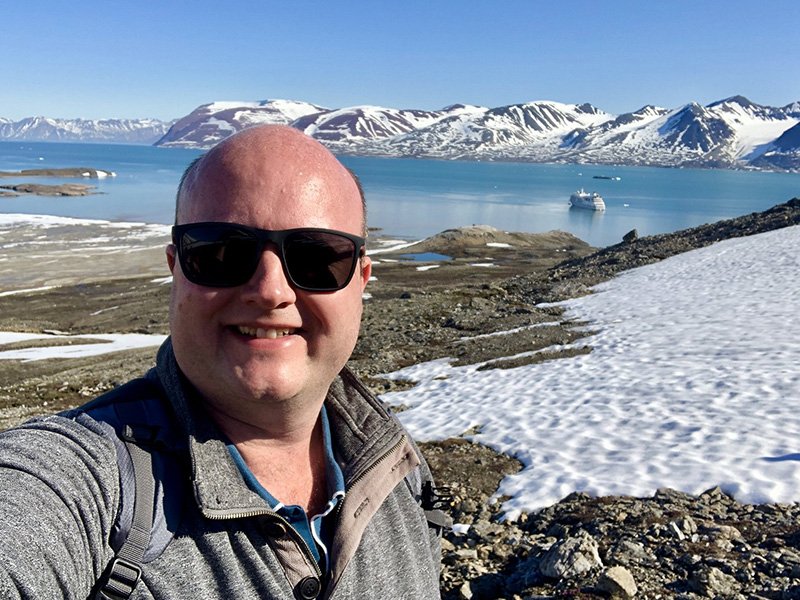
It’s been several years since I last travelled to the Arctic, mainly due to a certain pandemic which has stopped anyone travelling anywhere for the last couple of years! So, when a last-minute opportunity arose to join a select group of agents aboard the Silver Cloud for a 6-night expedition cruise around Svalbard, I jumped at it! I would like to say the Arctic welcomed me back like an old friend, but it was actually the opposite! We landed in Longyearbyen in 40-knot winds, which were so strong they blew the aircraft door open! It felt a bit like the Arctic was angry with us for staying away so long! As we arrived at the port our expedition leader greeted us; “we normally like to do the Silversea bit first, and then the expedition. But today it’s going to be the expedition bit first, and then Silversea!” It transpired the wind was too strong…
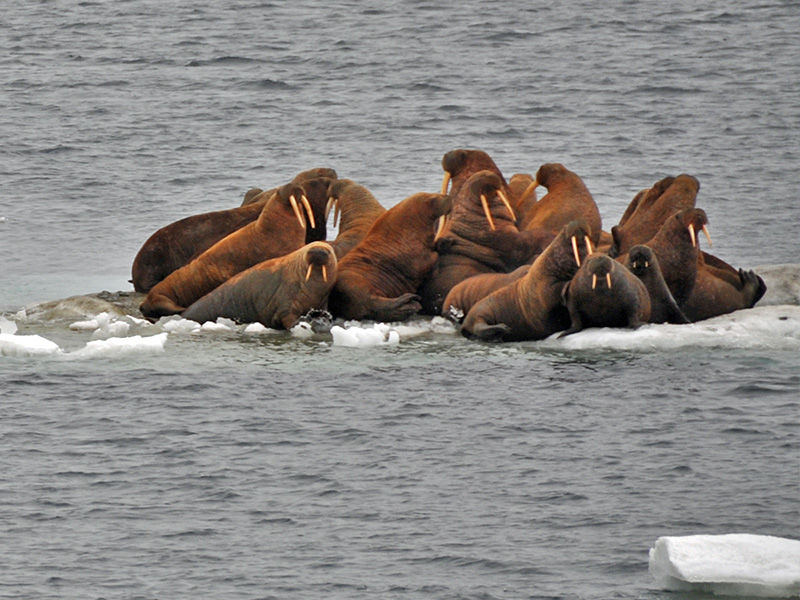
The overland safari is one of the best-known and most iconic travel experiences in the world today. Its popularity and fame are in part due to its conception around the art of photography itself; the wildlife encounter that must be shared. The safari sits as an experience for most bucket lists and is of course framed around the observation of the so-called Big Five animals of Africa. The lion, rhino, Cape buffalo, elephant and leopard. It’s a word that immediately conjures up very specific visual reference points, learned from glossy travel brochures, glorious high-definition nature documentaries and first-hand experiences. But the safari, as with everything in travel, has evolved as the appetite for discovery has widened. And in this blog, I take you to a very faraway place from the Big Five of Africa. A place that defines the phrase, ‘off-the-beaten-track, and one that is rarely seen at the dinner…
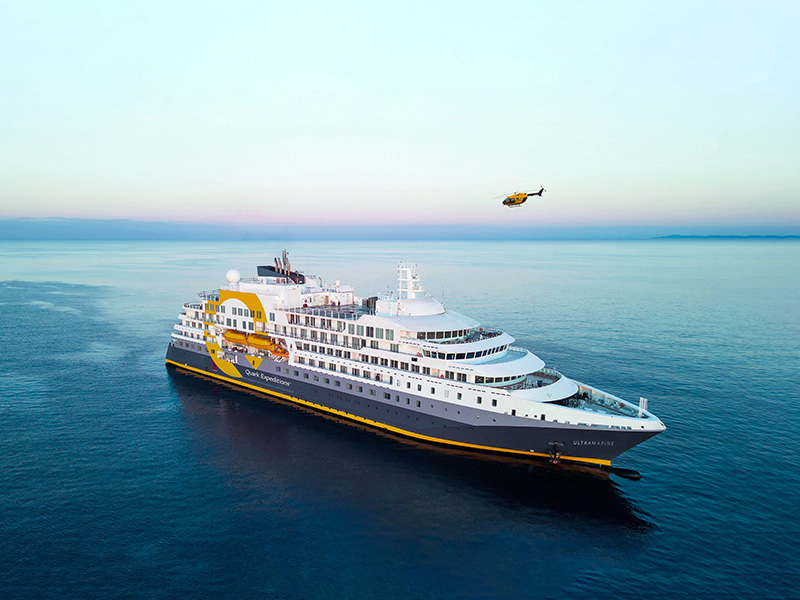
We sat down with Quark Expeditions‘ Business Development Manager to discover more about their brand new ship the Ultramarine and to learn what sets them apart from their competitors… What are the features of Ultramarine that set her apart from other expedition ships in the market? Ultramarine’s design embodies our 30+ years of expertise operating exclusively in the Polar regions. It’s our first purpose-built expedition vessel, designed to go beyond the familiar in polar exploration, to discover new places and immerse our guests in the best the polar regions have to offer. Carrying just 199 passengers, she’s equipped with two twin-engine helicopters, which means our guests have the opportunity to explore even further. 20 quick-launching zodiacs, deployed from the water-level zodiac hangar allow guests to get off the ship in half the time of other vessels, which means more time to the destination and faster deployment during opportunistic wildlife encounters. The ship offers the category’s…
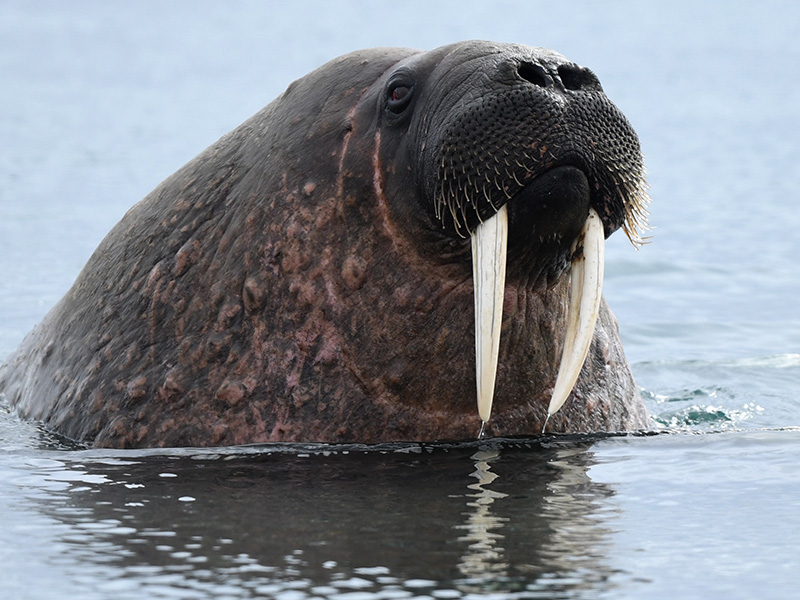
If you haven’t been to the Polar regions, Svalbard is the perfect place to start, it offers everything from incredible wildlife, fascinating human history and some of the most spectacular glaciers and Arctic landscape on the planet. It is often known as Spitsbergen, the name of the archipelago’s largest and only permanently populated island, Svalbard is an archipelago that could easily be described as an Arctic fairy-tale of a destination. It’s a dramatic wilderness of glaciers and mountains, ice fields and barren tundra, extremities of light and dark, and is home to more polar bears than people, yet people it has – making this a destination in which you can truly experience life in the high Arctic. Polar bears Search for the mighty Polar Bear – also known as the King of the Arctic – There are now estimated to be around 3,000 bears in the area of Svalbard and Franz Josef land. Polar bears hunt on sea ice, and with over 100,000km of total coastline…

Q&A with Ponant’s Expedition Leader and Director of National Geographic Partnership, Alastair Newton Alastair Newton brings years of polar exploration experience and expertise to his role as Ponant’s Expedition Leader and director of their partnership with the prestigious National Geographic. We wanted to find out more about Alastair’s extraordinary life exploring Antarctica… What is the role of an expedition leader and what do they do? An Expedition Leader is responsible for creating the remarkable and memorable experiences of the Expedition. It is a huge responsibility as it is these moments that the guests will treasure. These can include; adapting to a sudden opportunity, such as turning the ship around to watch whales bubble-net feeding in Alaska, helping the guests leave their preconceptions behind so they can experience new cultures openly, or changing the whole itinerary due to changing weather and creating a new program as we see what opportunities present…
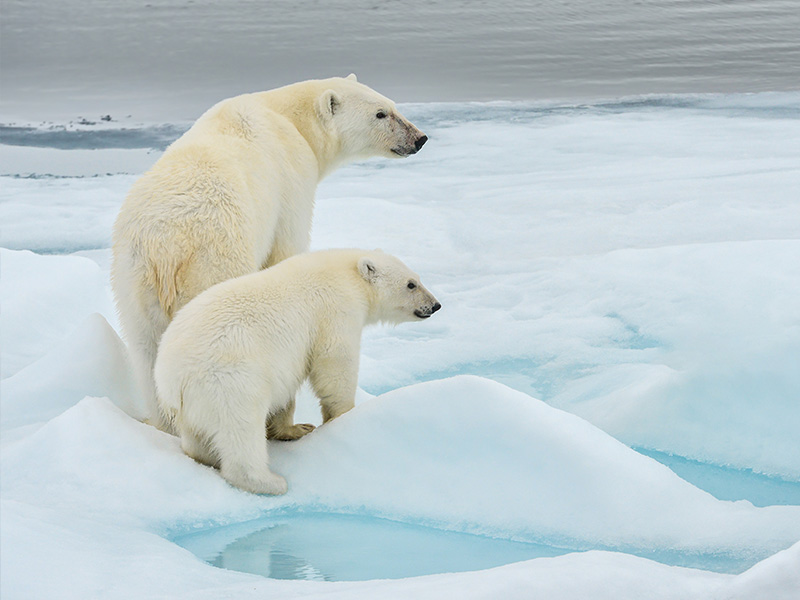
Whatever else one might come to Spitsbergen for, one reason must surely be to see the mighty polar bear or hopefully even two or three! So, from the moment we were onboard our ship for our Svalbard cruise we were constantly on the lookout for one of these incredible animals. With their vast stature and amazing pearly white coat, designed by nature to keep out the very worst of the freezing temperatures of the Arctic, these majestic creatures are actually waterproof too! Great for when a dive upon some unsuspecting prey was made to ensure something for dinner, or indeed the odd swim. There was a certain rivalry between the watchers as to who might spot a bear first, forgetting that it was far more likely that an experienced member of the crew might well have keener eyes than us ‘landlubbers.’ We had been on the ship now for a couple of days, sailing slowly along the…
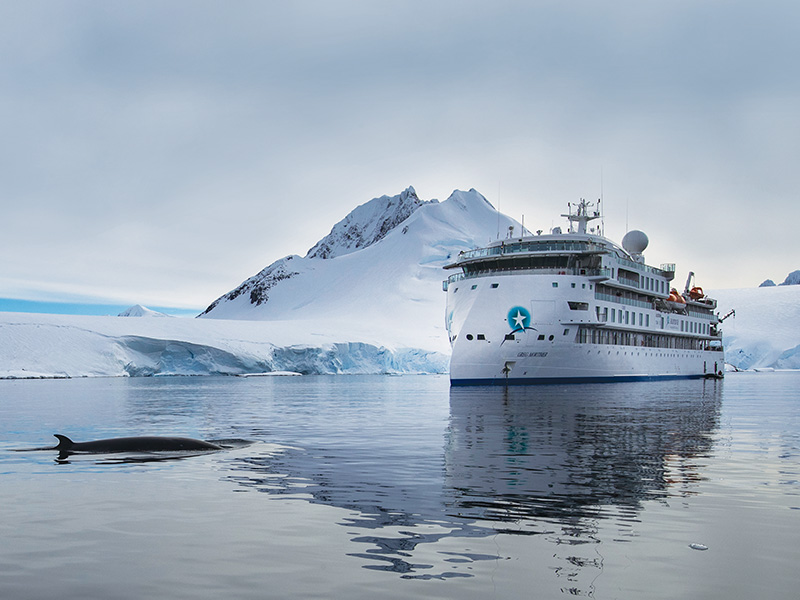
Take a journey like no other on an expedition delving deep into the wilderness of the Antarctic. Explore the surreal remoteness and battle the elemental forces on a true adventure. We explore the benefits of travelling with our partners Aurora Expeditions… Travel in Style on the Brand-New Sylvia Earle If you have never travelled to Antarctica before then you could easily be forgiven for wondering above else about the type of ships and equipment that are used to navigate through the challenges of the world’s last great wilderness. There is a surprisingly high variety on offer so it is essential that you consider this aspect when planning your adventure of a lifetime. The very latest vessel available to you is the brand-new Sylvia Earle from Aurora Expeditions which makes its maiden expedition in October 2021. It has been designed to match every natural challenge it faces with ease and at an average of 132 passengers per voyage,…










